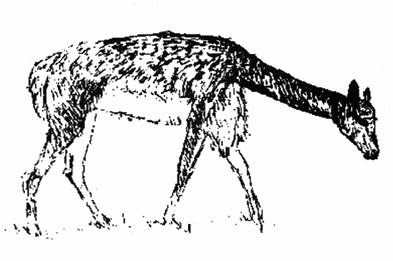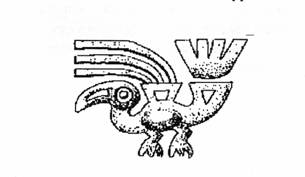{CRRef Lomas, H. (1994) Expedition Diary: 1988 – Bolivia. Yorkshire Ramblers’ Club Journal Series 12 Issue 1: pp19-21. Leeds: YRC.}
Expedition Diary
1988 – Bolivia
Harvey Lomas
Extracts from the arrival at La Paz and a trip to Cuzco.
. . . touch down at La Paz. . . city lies in the middle of a crater overlooked by the snow topped 21 000 ft. Illimani. . . spiralled down through the jumbled suburbs. . . Vendors were trading everywhere. Indian women wearing bowler hats and dresses with innumerable petticoats carried children or goods in blankets on their backs. . . chaotic, exciting scene. . .
. . . climb out of the crater . . . early drizzle, the traction between the coach tyres and the cobbled road surface was negligible. Passengers assisted by jumping up and down. The smell of burning rubber accompanied us until we reached the metalled main road that runs over the altiplano towards Lake Titicaca.
. . . across a dry river bed, lurching from side to side. Passing women with children on their backs wielding pickaxes to prize rocks from the gravel beds. An hour was spent passing through the depressing suburb of El Alto with its succession of rubble strewn streets and half built houses festooned with low slung electrical cables.
Across the narrows of Titicaca on choppy waters aboard a ricketty boat. Everyone crowded together and standing upright. A boy poled us out from the shore the boat flopping over the black waves. Casually he brought the outboard motor into life. . .
We climbed gradually into thick depressing cloud and crossed a pass as rain gave way to snow. As if by magic, we emerged from the cloud into bright sunlight and into Copacabana, a small border town of Spanish colonial appearance on a peninsula jutting into Titicaca.
There ensued a marvellous train journey from the lake over an endless plateau to Cuzco. The clear air gave wonderful views to high mountains. From Cuzco another train to Machu Picchu zigzagged over a pass and down again into the Urubamba gorge.
The setting of this outpost of the Incas was for me the highlight of the excursion. From the terraces of the Machu Picchu, great domes of what appeared to be granite tower above the jungle and the white twisting torrent of the Urubamba.
Three days later we were back in La Paz. The Monday morning traffic clogged the roads. Our jeep was well laden as the expedition members had gathered together vital supplies. The trekking company had supplied other items of gear. For the second time we climbed out of La Paz through El Alto’s rubble streets. Our route after 30 miles turned off the surfaced road onto the wilds of the Bolivian Andes plateau. For hours we journeyed round the eastern edge of Lake Titicaca seeing domestic animals feeding along the shores. Our route eventually took us away from the succulent shores of the lake and on towards our barren destination.
There were no trees and only scrub vegetation. Neither were there signposts and the driver stopped at regular intervals for directions. Groups of campesinos sat by the track in some places and looked on impassively as we sped past trailing a cloud of dust. We climbed over endless hills and into an unhelpful and unwholesome mist accompanied by strong winds. Hamlets passed by but usually we saw nobody. Over the doorway of a building we read a sign “La Paz 100 km”. Eventually the mist cleared, all around was a desolate, dusty dry landscape strewn with rocks. On the distant horizon, some forty miles away, a small white line of snow capped mountains could just be seen, the Apolobamba.
Route finding became more problematic as the daylight quickly faded and gave way to night. In the dark we bounced and rattled along a poor track heading for the school at Nubi Pampa. As we approached, the headlights picked out the white walls of the school house.
Dark shapes crept from the huts, heavily wrapped up against the bitter cold of this starlit night. Small groups of children looked on as we unloaded then the vehicle lurched back towards better track and La Paz. We had a meal then we settled down for a night in the classroom with its concrete floor. There was no electricity or water only a curling edged print of Simon Bolivar watching over us occasionally joined by faces at the windows peering in.
A site for the base camp was chosen five miles up the valley past a series of lakes and the equipment transported to it. I felt weak from a stomach bug and took some time to acclimatise. We were at 15,000 ft and surrounded by 19,000 ft mountains At dusk I returned to the school house, exhausted and dehydrated, every step had to be forced so that the school house came nearer. I opened the door to the cry from Michael Smith, Ian Crowther and John Sterland, “What are you doing here?” “Because my gear’s here” I replied. “Oh no it’s not” came the reply. That night, in a temperature of -10 °C, I slept on a concrete floor wrapped in a [web note just breaks here!]

